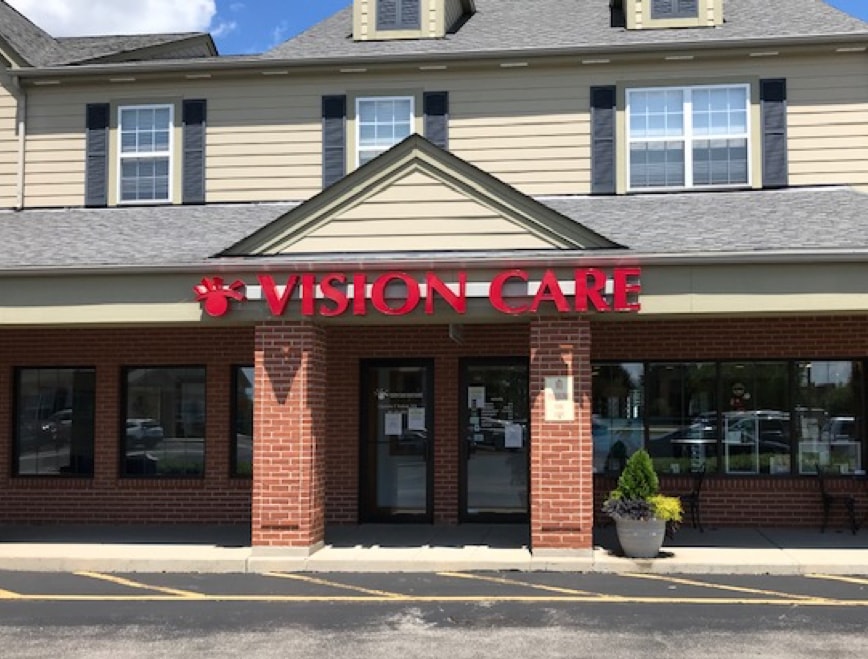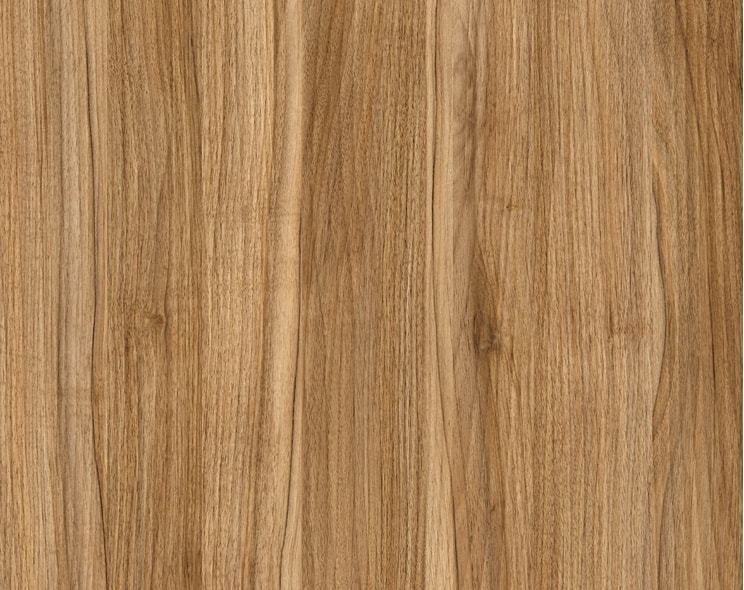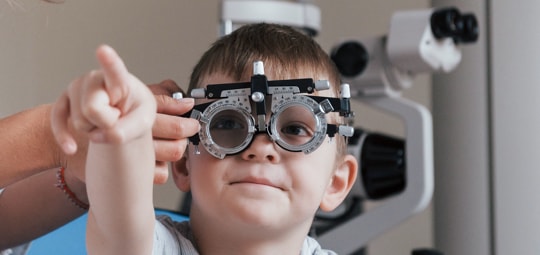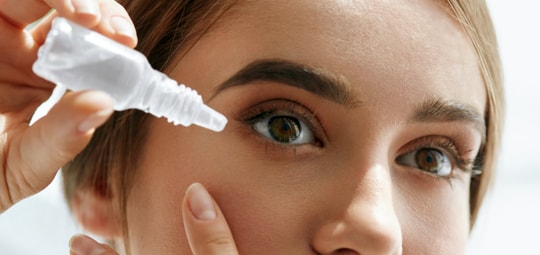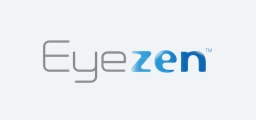An eyeglass prescription is written in a standardized format so it can be understood globally. The right eye is generally referred to as “OD” or “R,” while the left eye is generally referred to as “OS” or “L.” The right eye is almost always on top in a written prescription with the left directly below. Ignoring for sample sake, the right or left eye, let’s look at an example below:
-2.00 -1.00 x 90. The first number (-2.00) tells us the spherical refractive diopter (a unit of measurement) needed to correct (farsightedness or nearsightedness). In this example, a minus sign in front of the number indicates a correction for nearsightedness. A plus sign would indicate a correction for farsightedness. This is generally true when you are talking about the first set of numbers.
The plus and minus signs on the second number, generally indicate what professional examined your eyes. An optometrist usually refracts in what’s referred to as “Minus Cylinder, while an ophthalmologist refracts in “Plus Cylinder”. For example, an optometrist’s script would be -2.00 -1.00 x 90, while the same prescription written by an ophthalmologists would be; -3.00 +1.00 x 180. Please note that the second number has a plus sign, and the last number (180, the Axis) has been transposed 90 degrees.
The second number (-1.00) is for astigmatism. If there is no astigmatism correction needed, then you would not see the third (180) number. Sometimes you might see the following; SPH written for a cylinder correction instead of a number and nothing written for the third number. SPH stands for “Sphere,” which indicates that there is no astigmatism correction needed.
The final number (180, the Axis line) is the direction of astigmatism. Astigmatism can be measured in any direction around the clock. We use the numbers from 001 to 180 to indicate the orientation of the correction needed.
Depending on your need, there may be additional numbers in an eyeglasses prescription as well. If your prescription has a set of numbers, or a single number with a symbol such as a triangle, or the letters ” BI, BO, BU, or BD that would indicate a prism correction. BI = Base In, BO = Base Out, BU = Base Up, and BD = Base Down. It is not uncommon to have different base directions for either eye.
Also, you will see “ADD” numbers for those requiring bifocals or reading glasses. The ADD number is exactly what it indicates…; an ADD, or an additional script to an otherwise already existing prescription. For example, your prescription is -2.00 for the first number. (In this example there is no astigmatism). For the “ADD ” number, you have a +3.00. This would indicate that by ‘Adding” the +3.00 to the -2.00, your reading prescription would be +1.00 (adding a greater positive number to a lesser negative number results in a positive answer).


